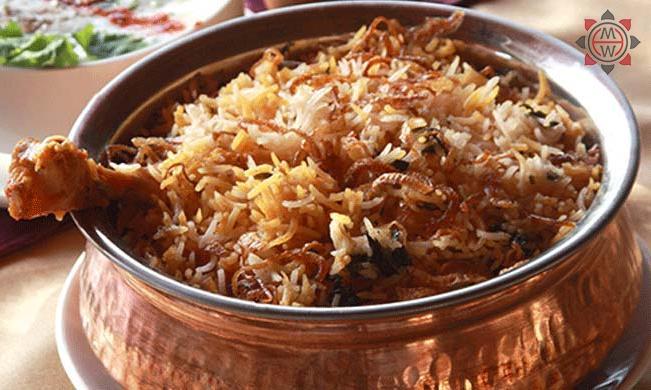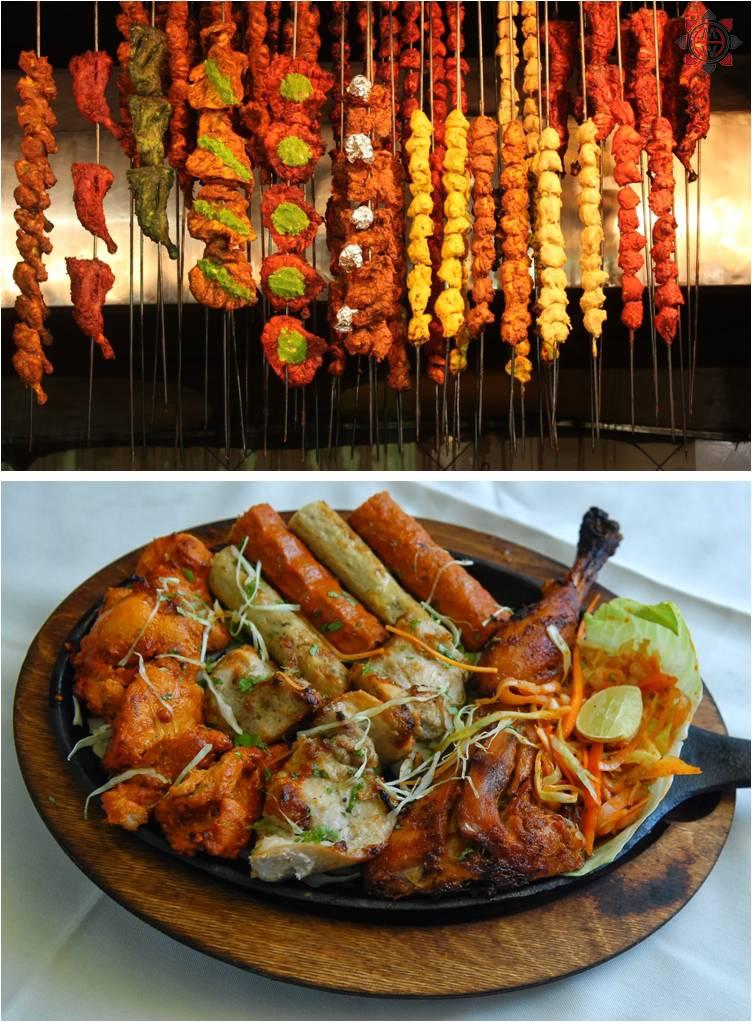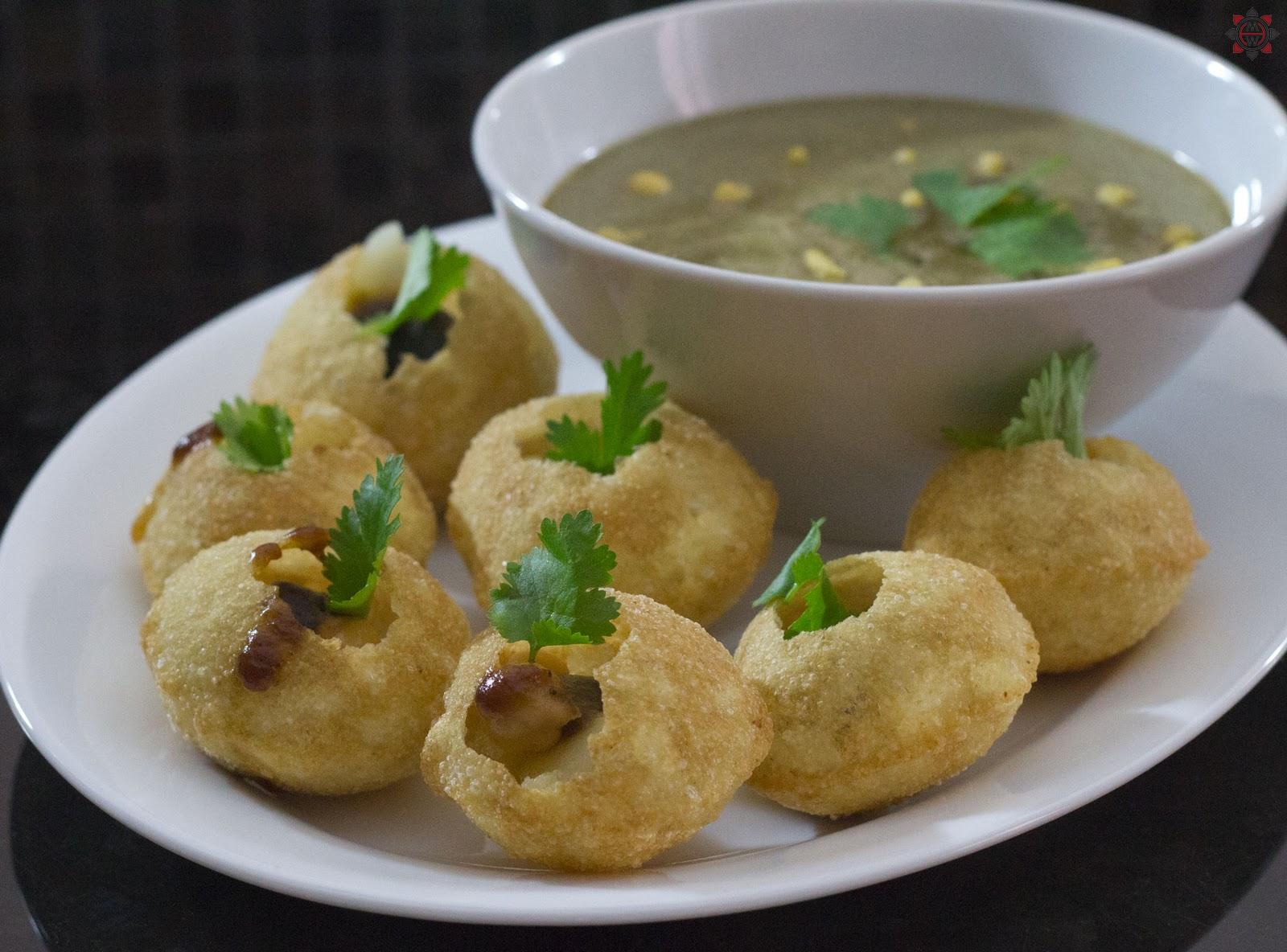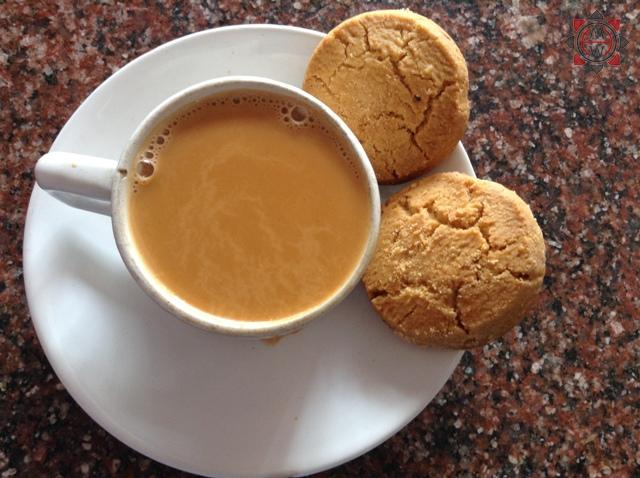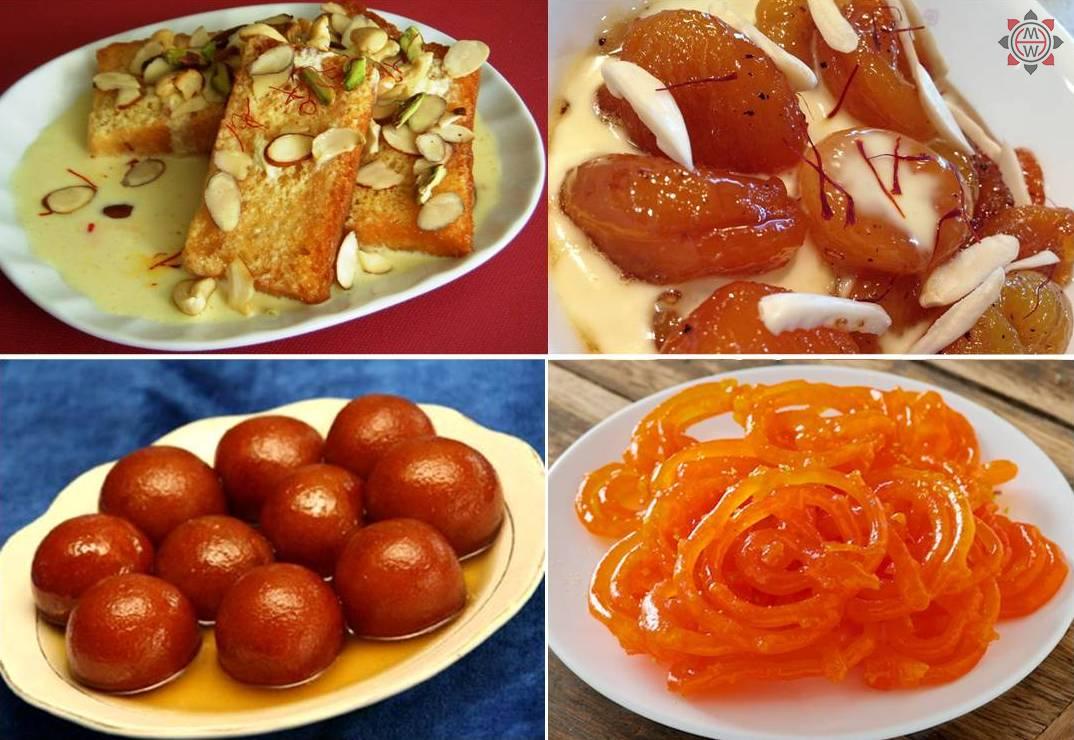Get ready to be completely bowled by the traditional Hyderabadi cuisine in the umpteen restaurants and food stalls located all over the city.
Some of the popular restaurants for non-vegetarian Hyderabadi cuisine are Paradise, Saarvi, Shadab, Shah Ghouse, Bawarchi, Four Seasons, Café Bahaar.
The dishes to try are Hyderabadi Biryani (cooked rice flavoured with spices, with chicken or lamb), Mirchi Ka Salan (curried chili peppers, chili and peanut curry that accompanies biryani), Haleem (a stew composed of meat, lentils and pounded wheat made into a thick paste, prepared usually during the holy month of Ramadan), pathar ka gosht (mutton seared on a hot granite stone over charcoal), kababs (grilled or barbequed meat).
Some of the popular restaurants in Hyderabad for vegetarian and south-Indian cuisine are Chutneys, Taj Mahal, Utsav, Minerva, Daspalla, Kamat. Some of the popular dishes to try are dosa, idli, vada, uttapam, thali (plate meal).
Some of the popular Hyderabadi desserts are double ka meetha (bread pudding dessert of fried bread slices soaked in hot milk with spices, including saffron and cardamom), Khubani ka meetha (dessert made from dried apricots), firni (rice pudding).
Ramzan special (from 26 May to 24 June, 2017): Hyderabadi haleem is a stew composed of meat, lentils and pounded wheat made into a thick paste. It is particularly consumed in the Islamic month of Ramadan during Iftar (the evening meal that breaks the day-long fast) as it provides instant energy and is high in calories.

